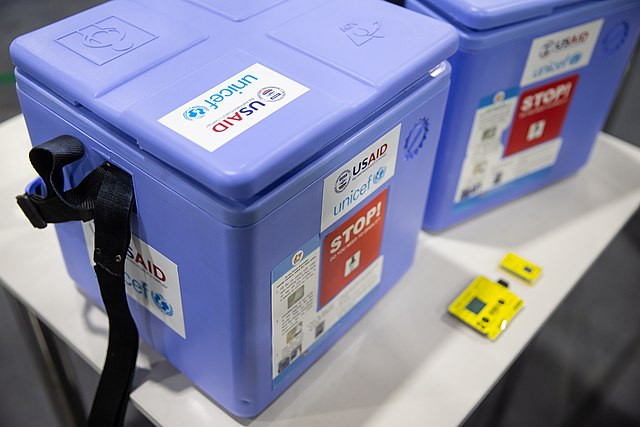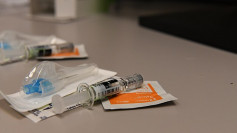As the United States faces a resurgence in COVID-19 cases, the Food and Drug Administration (FDA) has approved new, updated vaccines designed to target the most prevalent variants of the virus. The vaccines, developed by Pfizer and Moderna, will soon be available to the public, offering a crucial line of defense against serious illness as the nation heads into the colder months.
The new vaccines have been tailored to address the latest variants, specifically those within the JN.1 lineage and the KP.2 subvariant, which have been dominant in recent months. This update is a significant step in the ongoing battle against COVID-19, particularly as the virus continues to evolve. The updated vaccines use messenger RNA (mRNA) technology, which has proven effective in previous iterations of the COVID-19 vaccine. Novavax, which has yet to receive approval for its vaccine this year, is also preparing a traditional protein-based vaccine aimed at providing an immune response against these circulating subvariants.
"Vaccination continues to be the cornerstone of COVID-19 prevention," said Peter Marks, director of the FDA's Center for Biologics Evaluation and Research, in a recent statement. This sentiment reflects the urgency in ensuring that the public remains protected as we approach what could be another challenging winter.
High-risk groups, including those aged 65 and older, as well as individuals with chronic health conditions, organ transplants, or cancer, are particularly encouraged to get vaccinated as soon as possible. "Each time you get a vaccine, it's kind of reminding your immune system of, 'Hey, this is still around,'" said Dr. James Cutrell, an infectious disease specialist at the University of Texas Southwestern Medical Center in Dallas. This reminder is crucial, especially as the effectiveness of the vaccine wanes over time.
Despite the ongoing risks, there has been a significant decline in vaccination rates across the United States. As of May, only 14% of children aged 6 months to 17 years had received the latest vaccine, with just 22.5% of adults up to date on their vaccinations. This drop in vaccination rates is concerning, given the potential for COVID-19 to cause severe illness, particularly among vulnerable populations. Last season, over 916,300 people were hospitalized with COVID-19, and 75,500 died from the disease, according to the Centers for Disease Control and Prevention (CDC).
The distribution of the updated vaccines is expected to begin within days, with major pharmacy chains like Walgreens and CVS preparing to receive shipments. However, challenges remain, particularly for uninsured and underinsured individuals. The expiration of the $1.1 billion Bridge Access Program, which provided free COVID-19 vaccines to those without insurance, has left a gap in access. While the CDC is reallocating $62 million to state and local health departments to help provide vaccines to the uninsured, the availability of free vaccines will be limited, raising concerns about equitable access.
Constance Almendarez, the manager of immunizations for Galveston County, Texas, highlighted these challenges, noting that access to vaccines could become increasingly difficult for those without insurance. "The concern is that we may have some bumpy roads here for those who are uninsured and underinsured," she said.
As the country prepares for the availability of these updated vaccines, experts continue to emphasize the importance of vaccination, particularly as COVID-19 transitions into an endemic phase. This means that like the flu, COVID-19 will likely require regular updates to vaccines as the virus evolves. For now, the updated vaccines provide a critical tool in preventing severe illness and death as the virus continues to circulate.
While the rollout of these vaccines marks a significant step forward, public health officials are urging everyone to remain vigilant and to take advantage of the protection that these new vaccines offer. As Dr. David Margolius, director of public health for Cleveland, noted, there is still much to learn from past challenges with vaccine distribution. "We tried to learn from mistakes last year about setting expectations, about how quickly things will roll out," he said. The hope is that this year's vaccine rollout will be smoother, ensuring that those who need protection the most can receive it in a timely manner.






